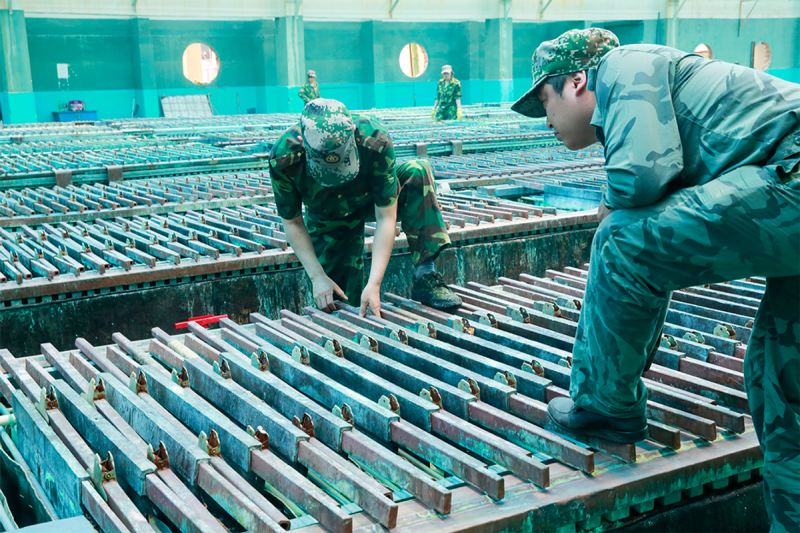Rare earth elements are crucial components in various modern technologies, including electronics, renewable energy systems, and defense applications. They are integral to the production of smartphones, electric vehicles, wind turbines, and missile guidance systems, among others. China currently dominates the market in rare earth production and processing, but recent geopolitical tensions and trade conflicts have highlighted the risks associated with relying on a single source for these critical materials.
To reduce reliance on China for rare earth production and processing, several strategies can be pursued. Diversifying supply chains by identifying alternative sources of rare earth elements is essential. Countries like Australia, the United States, and Canada possess significant rare earth deposits and have the potential to become key players in the market. By investing in exploration and mining projects in these regions, global supply chain resilience can be improved.
Another approach involves increasing recycling and reuse of rare earth elements from end-of-life products. Recycling can help mitigate the environmental impact of mining activities and reduce the demand for primary raw materials. Advances in recycling technologies have made it economically viable to recover rare earth elements from discarded electronics, magnets, and batteries. Implementing policies that support the recycling industry and incentivize manufacturers to design products for ease of recycling can further enhance sustainability efforts.
Furthermore, promoting research and development in rare earth processing technologies is crucial for establishing alternative supply chains. Traditional rare earth extraction methods are often energy-intensive and environmentally damaging. Developing innovative processing techniques that are more efficient, cost-effective, and environmentally friendly can help diversify the sources of rare earth elements.
Collaboration among governments, industries, and research institutions is essential to drive these initiatives forward. Establishing international partnerships for rare earth exploration, extraction, processing, and recycling can create a more resilient supply chain network. Information sharing, technology transfer, and joint investment efforts can accelerate progress towards reducing reliance on China for rare earth production.
In conclusion, reducing reliance on China for rare earth production and processing is a multifaceted challenge that requires a concerted effort from stakeholders worldwide. By diversifying supply chains, promoting recycling, and advancing research in rare earth processing technologies, countries can enhance their resilience to supply disruptions and mitigate the risks associated with a single dominant supplier. Collaboration and strategic planning are key to achieving a more sustainable and secure rare earth supply chain for the future.

